Choosing the right tires for your vehicle in the United Arab Emirates is paramount for ensuring safety, performance, and longevity on the road. From understanding tire regulations to selecting the best brands, this guide provides essential insights for UAE drivers searching for the right tires for their vehicles.
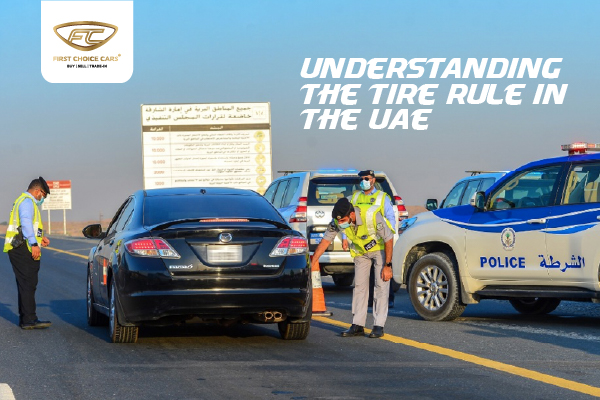
Before delving into the specifics of tire selection, it's essential to understand the tire regulations in the UAE. As per UAE regulations, tires must meet specific standards regarding tread depth, condition, and size to ensure road safety. Regular inspections and adherence to these regulations are essential for all drivers to avoid fines and ensure road safety for themselves and others. Let's explore the regulations in more detail.
UAE regulations mandate a minimum tread depth of 1.6 (light vehicle) and 2.5 millimeters (medium-sized vehicles) across the central three-quarters of the tire's width and around the entire circumference to ensure adequate traction and safety on the road.
Tires must be in good condition, free from cuts, bulges, or any other forms of damage that may compromise their integrity or performance. According to the law, tires must be sold within two years from their manufacturing date and replaced every five years, regardless of the remaining tread depth.
In accordance with UAE traffic regulations, tires should be replaced every three years if they are heavily used. On the other hand, if tires are not used as frequently, they can be replaced every four years at most.
When it comes to manufacturer's recommendations, most sedan manufacturers recommend tires to be changed after 40 – 50,000 km, while the recommendation for SUVs stands at around 60,000 km. However, this can vary based on the brand and model of the vehicle as well as driving habits.
Tires must meet the specifications recommended by the vehicle manufacturer to ensure compatibility and optimal performance, avoiding issues with vehicle handling, stability, and safety.
Drivers should conduct routine inspections, check the tread depth, inspect tire condition, and verify inflation levels to prevent underinflation or overinflation and ensure compliance with UAE regulations.
Compliance with UAE tire regulations is essential to avoid penalties and ensure road safety. Neglecting tire regulations may result in fines, points on the driver's license, or vehicle impoundment.
Properly maintained tires enhance vehicle stability, traction, and braking performance, reducing the risk of accidents and ensuring a safe driving experience for all road users. For safety reasons, car dealerships in UAE generally recommend the car tires to be rotated every 10,000 – 12,000 Km or after 6 months.
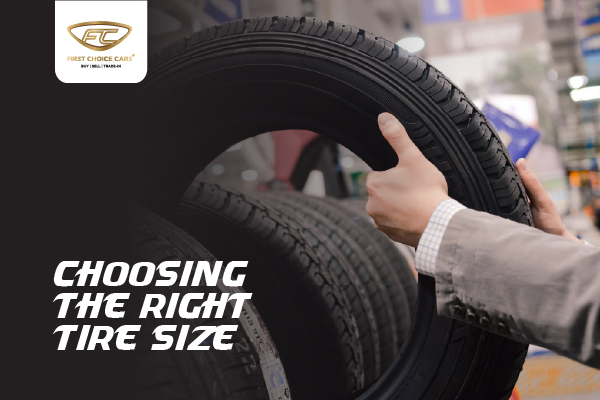
Selecting the correct tire size for your car is important for optimal performance and safety. Choosing tires that match the manufacturer's recommendations is vital to maintaining the integrity of your vehicle's handling and braking systems.
Checking your tire size is important for various reasons, including buying new tires or simply understanding your current ones. Here's a step-by-step process to help you easily check your tire size:
Your vehicle's manual often contains important information about your tires, including the recommended tire size. If you have it handy, you can refer to it for guidance.
Look for the sidewall of one of your tires. The sidewall is the outer part of the tire, facing outward when mounted on your vehicle.
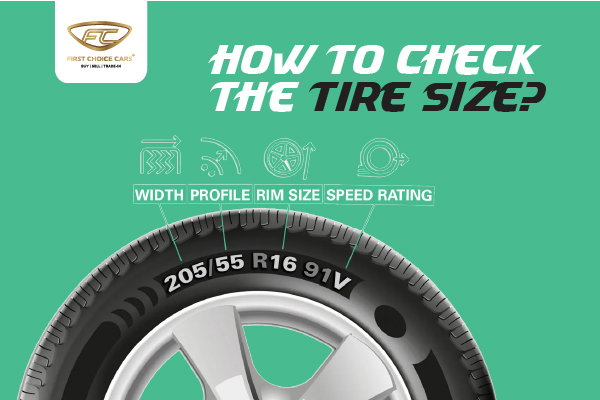
On the sidewall, you'll find a series of numbers and letters. The tire size is typically displayed in a format like this: XXX/XXRXX.
Here's what each part means:
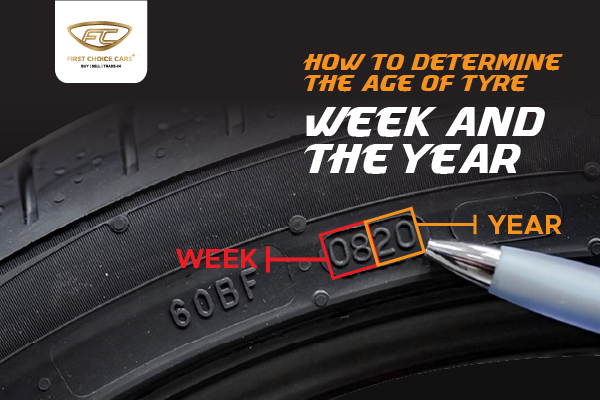
Once you've located the tire size information on the sidewall, write down the numbers and letters in the correct order. For example, your tire size might be something like "205/55R16."
It's always a good idea to double-check the tire size by looking at the other tires on your vehicle. Sometimes, vehicles may have different tire sizes for the front and rear tires, so be sure to check all of them.
If you're buying new tires or want to ensure you're using the correct size, you can compare the tire size you've written down with the recommended tire size for your vehicle. This information can often be found in your vehicle's manual or by consulting a tire professional.
By following these steps, you can easily check your tire size and ensure that you have the right information for your vehicle.
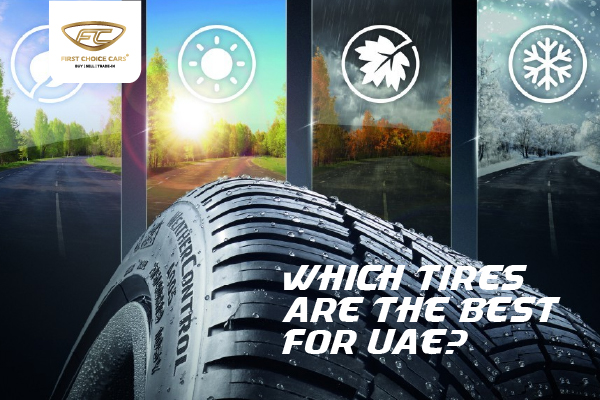
Tires come in various types designed to cater to different driving conditions and preferences.
However, considering the UAE's hot and dry climate, the following tire options best suit different driving needs:
Consider your driving habits, typical weather conditions, and terrain encountered when selecting tires. Choose tires with appropriate tread patterns and rubber compounds to optimize performance and safety on UAE roads. Research tire ratings and reviews and consult with experts for personalized recommendations tailored to your driving needs and preferences.
Tire longevity depends on various factors such as tread compound, design, driving habits, and maintenance. Reputable tire brands known for durability include Michelin, Bridgestone, Pirelli, and Goodyear. Investing in quality tires from trusted brands ensures longevity and performance on UAE roads, providing peace of mind for drivers.
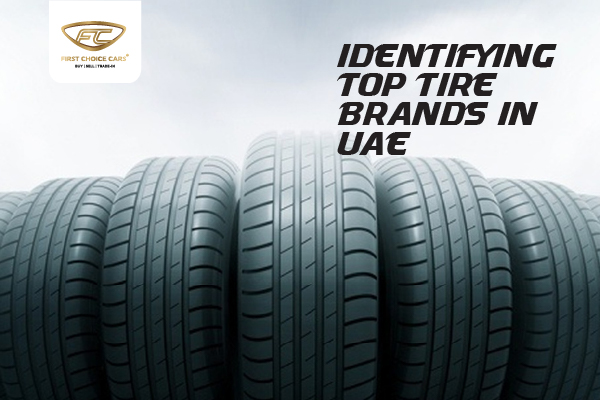
Certain tire brands stand out in the UAE market when it comes to durability and performance.
Investing in reputable tire brands ensures reliability, safety, and enhanced driving experience, making them popular choices among UAE drivers.
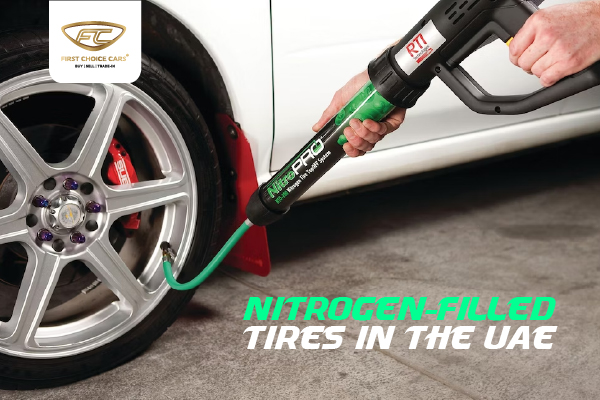
Nitrogen, an inert gas, reduces pressure loss compared to oxygen in regular air, making it ideal for hot climates like the UAE. Here's some information to help you understand the concept better:
Nitrogen is an inert gas, which means it is less likely to react with other substances compared to oxygen, which is the primary component of air. Regular air used to inflate tires contains approximately 78% nitrogen, 21% oxygen, and small amounts of other gases.
The use of nitrogen in tires offers several potential benefits, especially in hot climates like the UAE:
In hot climates, tire temperatures can increase significantly, especially during prolonged driving or under heavy loads. Nitrogen-filled tires tend to run cooler compared to tires filled with regular air. This is because nitrogen does not contain moisture or other gases that can expand more rapidly at higher temperatures, helping to maintain tire temperature within a safe range.
While nitrogen filling stations are becoming more common, they may not be as readily available as traditional air filling stations. Additionally, filling tires with nitrogen typically comes at a cost, as it requires specialized equipment and gas cylinders.
While nitrogen offers benefits for tire maintenance and performance, it's essential to note that it does not make tires immune to punctures, blowouts, or other forms of damage. Regular tire inspections, proper inflation, and maintenance are still necessary regardless of the type of inflation gas used.
While the use of nitrogen in tires can offer benefits, especially in hot climates like the UAE, it's important for drivers to weigh the advantages against the availability and cost of nitrogen filling, as well as to prioritize regular tire maintenance practices for optimal performance and safety.
Several factors contribute to the longevity of tires, including tread compound, design, driving habits, and maintenance practices. Opting for tires with durable tread compounds and innovative tread patterns can extend tire life and enhance performance. Additionally, regular tire rotations, proper inflation, and wheel alignments are essential maintenance practices to maximize tire longevity and ensure even wear.
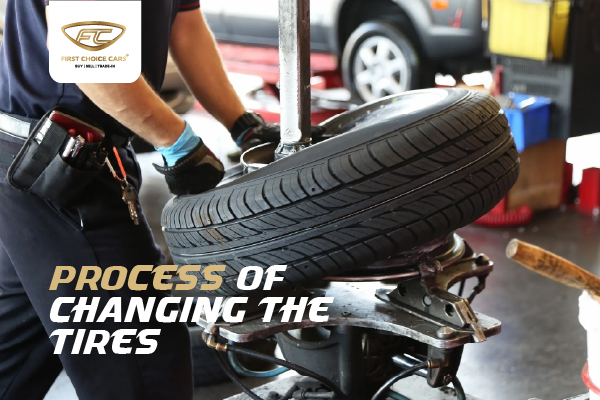
Once the car owner needs to replace their old tires, they can either visit authorized dealerships or specialized tire shops to purchase new tires. At the facility, technicians will:
Overall, understanding and adhering to tire regulations in the UAE is crucial for responsible driving and contributes to safer roads. By prioritizing tire maintenance, conducting regular inspections, and ensuring compliance with regulations, drivers can mitigate the risk of accidents caused by worn or defective tires.
When selecting the right tires for your car in the UAE, you should carefully consider various factors, including climate, driving habits, and terrain. By understanding tire options, regulations, sizing, and brand considerations, UAE drivers can make informed decisions and enjoy a smooth and secure driving experience on the diverse roads of the Emirates.
